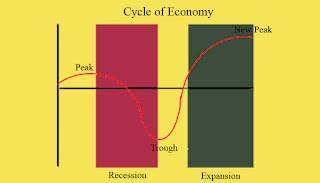Life often places us in difficult situations, where factors beyond our control seem to dictate our fate. In those moments, the key is to remain calm and keep hope alive. Wise mentors often use metaphors to teach us resilience. One such example is the duck, which glides serenely across the water while its feet paddle furiously beneath the surface. Yet, not everyone can master such calmness in the face of adversity.
There’s an ancient tale that captures the essence of staying composed and optimistic in challenging times—a story that has echoed across cultures and generations.
A man, wrongfully accused, stood before an emperor, facing a death sentence. Knowing his fate seemed sealed, he proposed an audacious deal: “Give me one year and one day, and I will teach your horse to sing. If I fail, you may take my life.”
The emperor, intrigued by the man’s confidence, agreed. Other prisoners mocked him, saying, “Why didn’t you beg for mercy? You’ve only delayed the inevitable.”
The man, calm and composed, replied, “Anything can happen in a year. The king might die. The horse might die. I might die. Or perhaps, the horse will sing.”
This story, passed down through various cultures, speaks to the power of hope and wit. It reminds us that even when the odds seem insurmountable, time holds the potential for unexpected outcomes.
Why It Matters The phrase “maybe the horse will sing” has become a metaphor for holding on to possibility, no matter how improbable it may seem. It’s a lesson in resilience and optimism, urging us to focus on what could happen instead of succumbing to despair.
So, the next time we find ourselves stuck in a tough spot, let’s think of the man and his audacious deal. Maybe it’s not about whether the horse sings or not—it’s about keeping the door open for possibilities. After all, who knows what a year might bring?
I have first posted this on my LinedIn profile - LinkedIn Post







